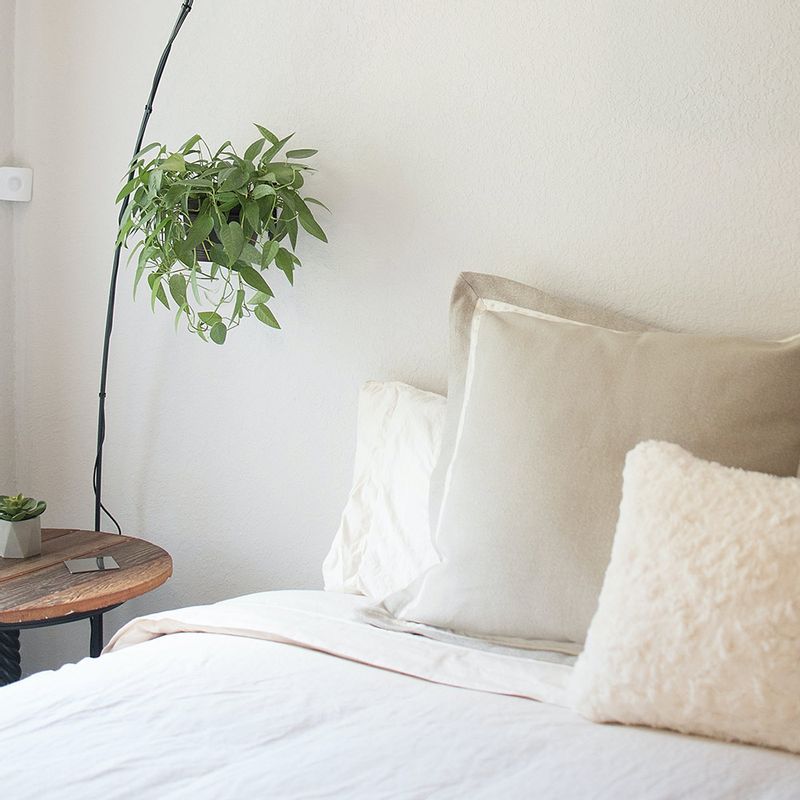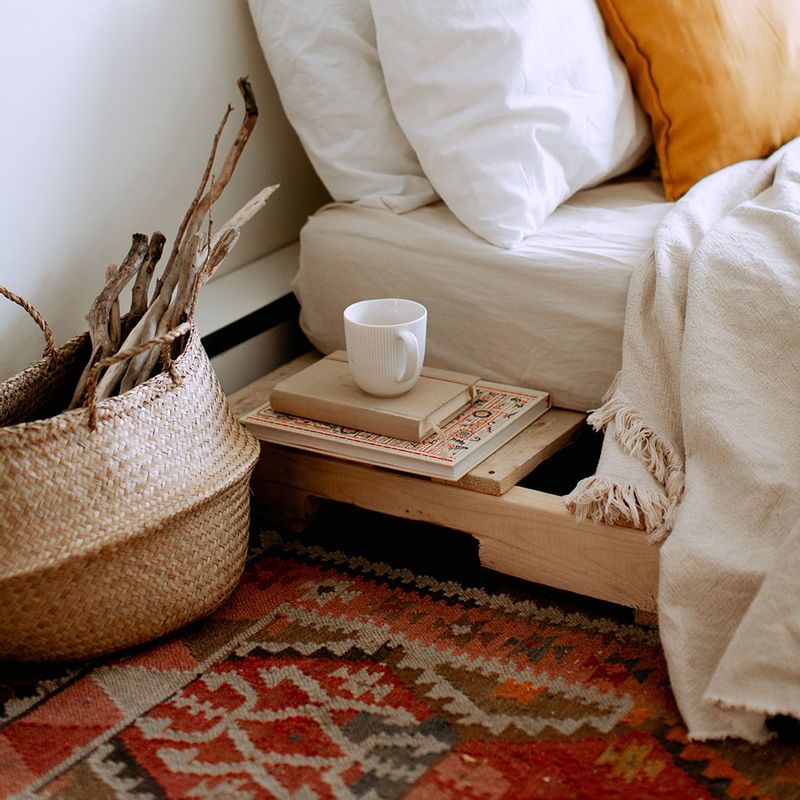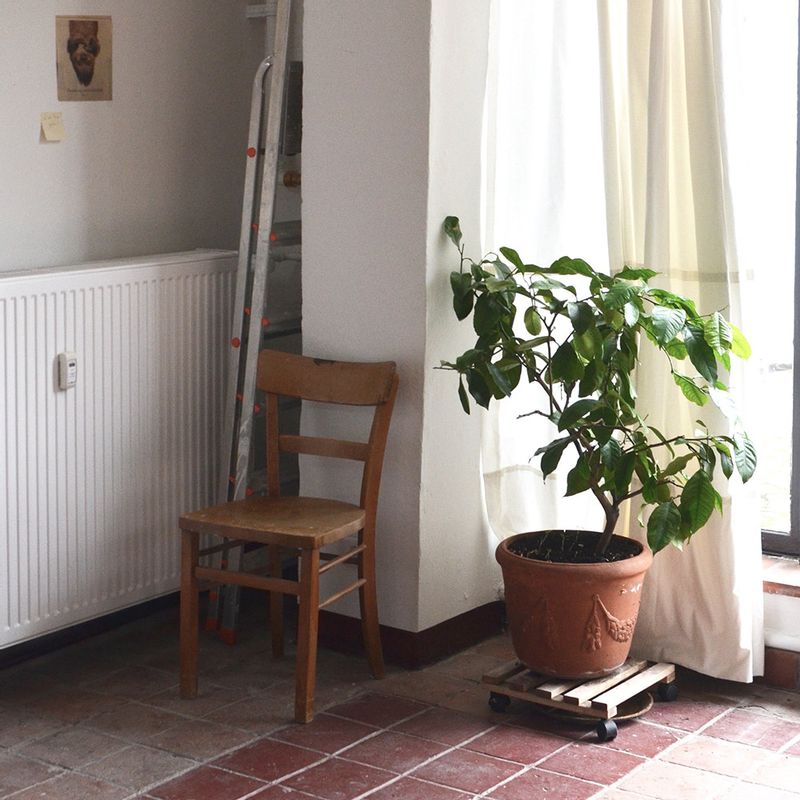Pollution, noise, dust, and grime are usually considered outdoor problems. But not many know that the bedroom can be a breeding ground for worrying chemicals and microbes too. What’s more concerning is that during sleep our defense systems are at rest, making our bodies vulnerable. Here's a list of toxic elements that are possibly inhabiting your room. Take a look, revisit your bedroom, and release it of all toxicities.
1. Mattress

We spend more than 30% of our lives sleeping; and if this very integral space isn't absolutely pristine, then we have a problem. Over time, mattresses become a repository of allergens, dirt, bacteria, and bodily oils. These chemicals can leech onto the dust in your room and you can breathe them in. Also, grubby pillows and duvets can exacerbate acne, spots, and other types of skin inflammation.
Tip: Keep your mattress out in the sun for a few hours once a month. Also, vacuum it periodically and foam clean if possible. Another homemade solution is to sprinkle some baking soda over the mattress for an hour (this will pull out all the odours) and then vacuum the surface. For the pillows, simply change the covers once a week. If you have a fiber-fill pillow, you can simply wash it in the machine. The others can be vacuumed or tumble dried.
2. Paint solvents

Who doesn’t love a fresh coat of paint? While a freshly-painted room does look alive and fun, certain paint brands have solvents in them which when inhaled, can cause dizziness, headaches, and even impaired brain function. Some other paints emit volatile organic compounds (VOCs) that have detrimental health effects.
Tip: It's always best to evacuate the room which is being painted—wait for the paint to dry before moving in. Make sure the house is well-ventilated when a paint job is taking place. And, of course, opt for low or zero-VOC paint. You could also choose the water-based varieties that contain casein, clay and lime, which are all environmentally friendly and healthy.
3. Carpet

Rugs or carpets are the silent victims in our room. Muddy shoes, wet feet, pet paws, and more run over them. And so, invariably they start accumulating dander, hair, and dust. Also, VOC emissions are common from synthetic fibres, adhesives, and padded rugs. All these allergens can cause sneezing, respiratory issues, and more.
Tip: Vacuum, vacuum, and vacuum. Depending on how much time you spend in your bedroom, ensure you clean the carpet often and thoroughly. For temporary cleaning, you can sprinkle baking soda or powdered carpet cleaner and leave it overnight. Vacuum after. And better still, once in six months, have it professionally cleaned.
4. Cleaning products

There's no harm in being Monica Geller but remember— obsessively cleaning might still be good, obsessively hoarding cleaning products, not so much. Many common cleaning products contain a variety of chemicals, including VOCs. These can trigger asthma and chronic breathing problems, amongst other nasty health issues.
Tip: Use products made with plant-based or natural ingredients. Create a separate space for storing cleaning supplies, even if they're specifically meant for the bathroom.
5. Radiators

It's wintertime and radiators are the need of the hour. But did you know that behind your radiator, a mound of dust might be constantly growing? These contraptions heat the air, which rises and spreads dust around.
Tip: Dust the area behind the radiators like your life depends on it (quite literally!)
6. Mothballs
Sure, these tiny agents keep our clothes and woollens from being eaten by rodents. But did you know that naphthalene or paradichlorobenzene are comprised of almost 100%of their active ingredient—and over time, they turn from solid balls into toxic vapours? If these balls are kept around the room and you can smell their distinctive aroma, chances are that you're also inhaling the toxins. These can cause headaches, dizziness, and skin problems.
Tip: Try avoiding mothballs altogether. If not, always read the instructions on those mothball packets carefully. Discard and change them frequently.






